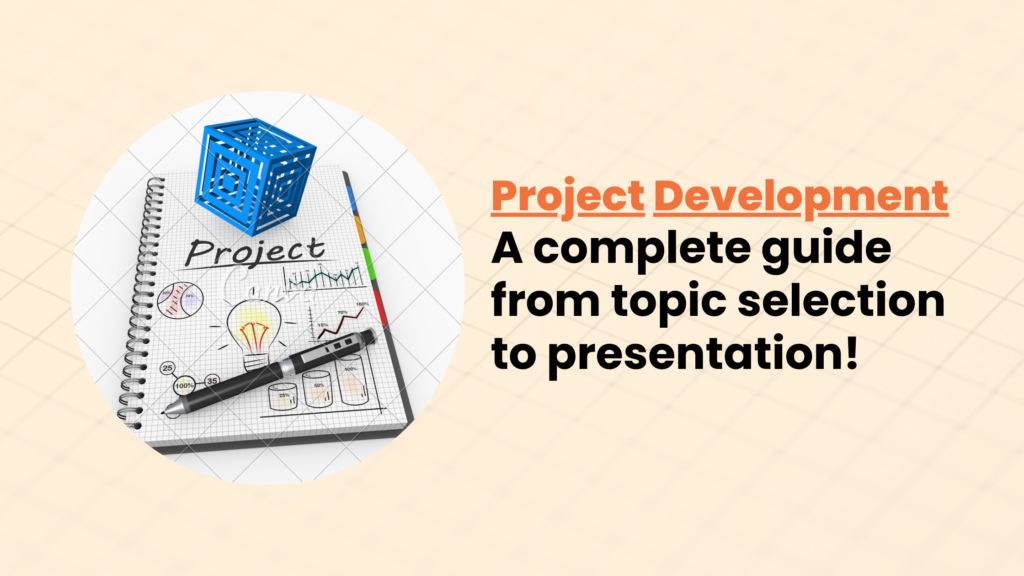Introduction
Project development is an exciting journey that allows you to turn your ideas into tangible results. Whether you are a student working on an academic project, an entrepreneur launching a new business venture, or a professional seeking to enhance your skills, mastering the art of project development is a valuable skill in today’s fast-paced world. In this comprehensive guide for 2023, we will walk you through the essential steps of project development, including topic selection, development, documentation, and presentation.
Step 1: Choosing the Right Project Topic
The first and perhaps most crucial step in project development is selecting the right topic. Your choice will set the foundation for the entire project, so it’s essential to make an informed decision. Here are some tips to help you pick the perfect project topic:
- Passion and Interest: Choose a topic that genuinely interests you. Your enthusiasm will drive you to work harder and stay committed throughout the development process.
- Relevance: Ensure your project topic aligns with your goals and objectives. Whether it’s for academic purposes, personal growth, or business expansion, your project should serve a purpose.
- Feasibility: Consider the available resources, time, and expertise required for your project. Make sure it’s achievable within your constraints.
- Market Research: If your project has a commercial aspect, conduct market research to understand its potential demand and competition.
- Consultation: Seek advice from mentors, professors, or experts in the field to refine your project topic and ensure its viability.
Step 2: The Development Phase
Once you have a clear project topic in mind, it’s time to roll up your sleeves and get to work. This phase involves planning, research, and execution. Here’s how to navigate the development phase effectively:
Project Planning: Create a detailed project plan that outlines your goals, objectives, timelines, and milestones. A well-thought-out plan will keep you on track throughout the development process.
Research: Dive deep into your chosen topic. Gather information, data, and relevant literature to support your project. Keep organized notes and references to avoid any plagiarism issues later on.
Execution: Start working on your project, whether it involves writing, coding, designing, or any other task. Stay focused, stay organized, and don’t be afraid to adapt your plan if necessary.
Testing and Iteration: Test your project as it progresses and make necessary improvements. Iteration is key to achieving a polished end result.
Step 3: Documentation: Capturing the Journey
Documentation is often an overlooked but critical aspect of project development. It serves as a record of your journey and can be invaluable for future reference, assessment, and even presentation. Here’s what to keep in mind:
Project Journal: Maintain a project journal or diary to record your daily progress, challenges, and breakthroughs. It can help you reflect on your journey and make improvements.
Version Control: If your project involves software development, use version control systems like Git to track changes and collaborate effectively.
Data Management: Organize your data and files systematically. Proper file naming conventions and folder structures can save you from confusion later on.
Citation and References: Keep track of all your sources and citations as you go along. This will make it easier to create a bibliography or references section in your final documentation.
Step 4: The Art of Presentation
The final step in project development is presenting your work to your intended audience. Whether it’s a class presentation, a pitch to investors, or a product launch, effective presentation skills are crucial. Here’s how to shine during your project presentation:
Prepare: Practice your presentation multiple times. Know your content inside and out.
Engage Your Audience: Use visuals, storytelling, and interactive elements to keep your audience engaged.
Anticipate Questions: Be ready to answer questions and address potential concerns. Thoroughly rehearse your responses.
Confidence: Believe in your project and your ability to deliver a compelling presentation. Confidence goes a long way in convincing others of your project’s value.
Conclusion
In the world of project development in 2023, success lies in the hands of those who can choose the right topic, navigate the development process effectively, document their journey, and present their work with confidence. By following this comprehensive guide, you’re well on your way to becoming a project development pro. So, go ahead, turn your ideas into reality, and make your mark in the world of project development. Good luck!


